Electricity is the lifeblood of modern homes, powering everything from the smallest gadgets to the largest appliances. However, when electricity doesn’t flow as it should, it can lead to a potentially dangerous situation known as leakage current.
This happens when electrical current leaks from its designated path. Such a situation can lead to energy loss, damage to appliances, or even severe risks like electrical shocks and fires.
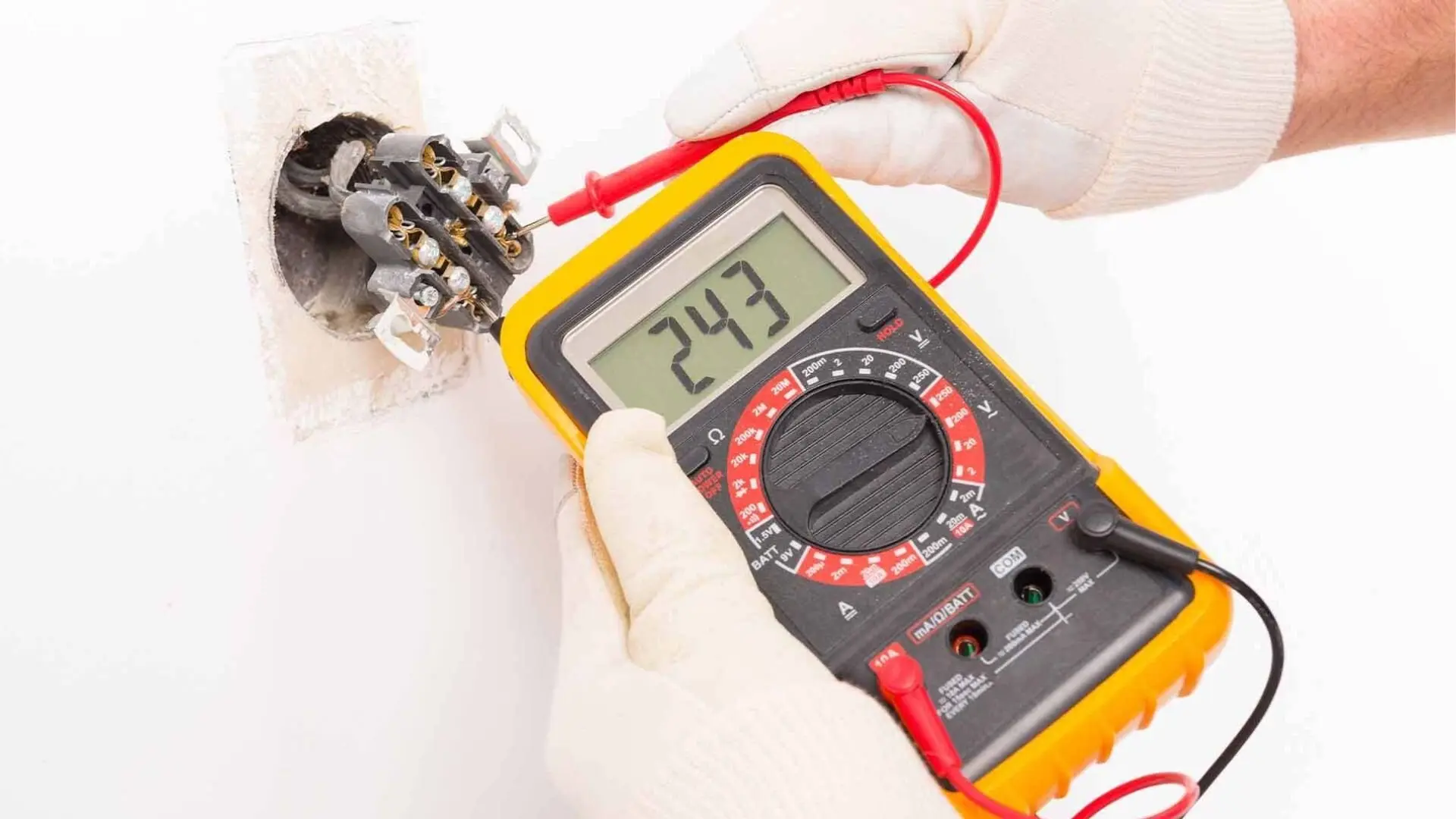
Understanding how to check for leakage current in your house wiring is not just a matter of maintaining your home’s electrical efficiency; it’s a critical component of ensuring the safety of your living space.
In this blog, we will explore the various methods to detect leakage current, the tools you’ll need, and the steps to take if you discover this issue in your home. Whether you’re a seasoned DIY enthusiast or a conscientious homeowner, this guide will provide valuable insights into keeping your home’s electrical system in top condition.
Let’s dive into how you can spot and fix leakage currents in your home wiring. It’s all about keeping you and your family safe and sound.
Understanding Leakage Current
Leakage current is the flow of electrical current through the ground or unintended paths, even when the power is supposed to be off. It can result from various factors, such as damaged insulation, improper wiring, or moisture presence.
This unwanted current can lead to inefficiencies, potential electric shock, and a heightened risk of electrical fires. Detecting leakage current is, therefore, a critical safety measure. It’s not just about protecting your property; it’s also about safeguarding the lives of the occupants.
Tools Needed for Detecting Leakage Current
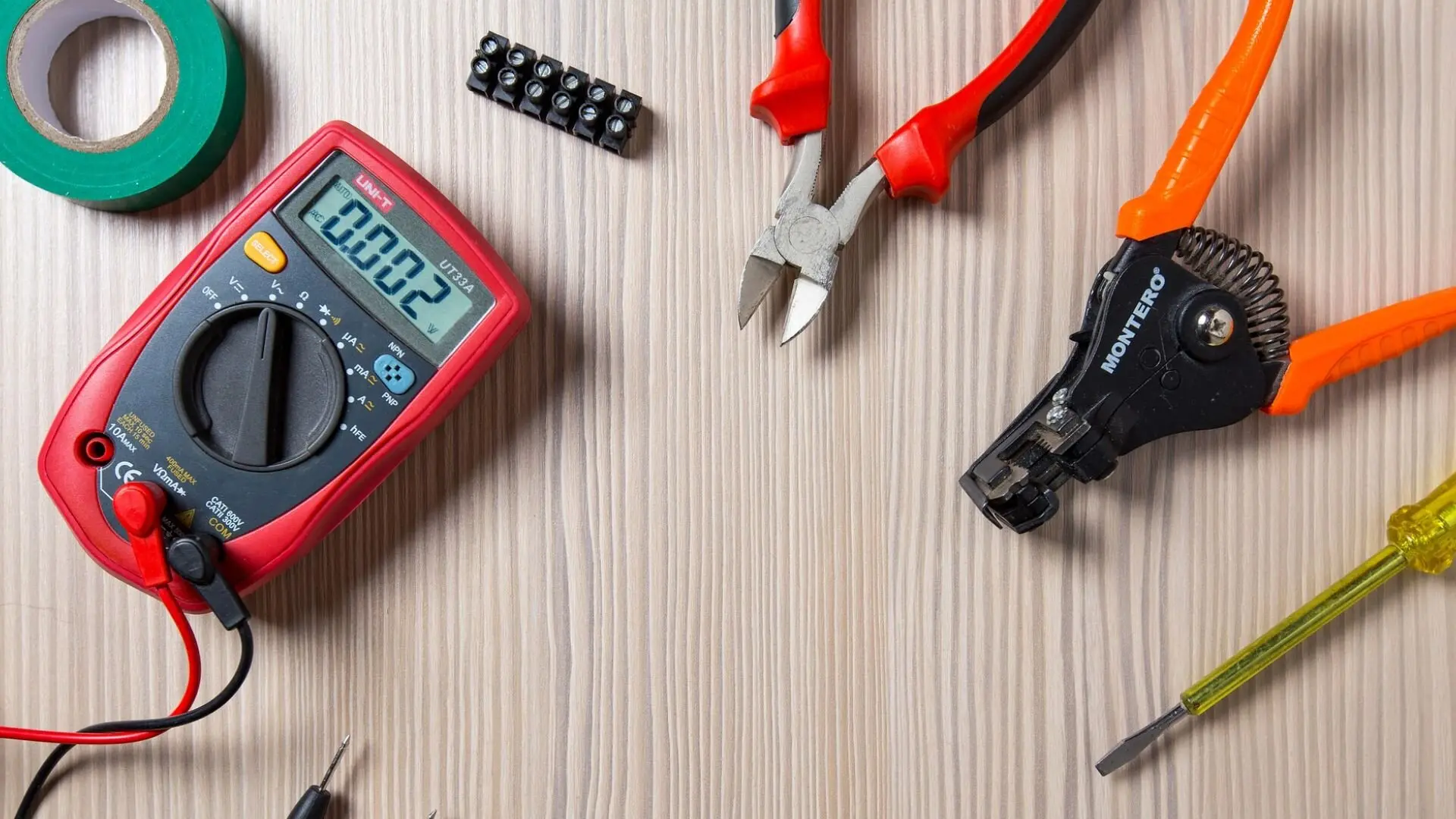
Detecting leakage current requires specific tools. A leakage current clamp meter is particularly useful for identifying issues in circuit wiring and pinpointing leakage effectively. Digital multimeters, clamp meters, and insulation resistance testers are also commonly used.
Each serves a unique purpose and provides different insights into the health of your electrical system. Along with these tools, personal protective equipment such as insulated gloves and safety glasses are essential to ensure your safety during testing.
Preparing to Check for Leakage Current
Before checking for leakage current, it’s paramount to prioritise safety. This means turning off the power to the circuit you intend to test.
Accurately identify the circuit at the breaker box and use a testing device to ensure the power is off. Always wear the appropriate safety gear to prevent any accidental shocks.
Step-by-Step Guide to Checking for Leakage Current
Using a Digital Multimeter
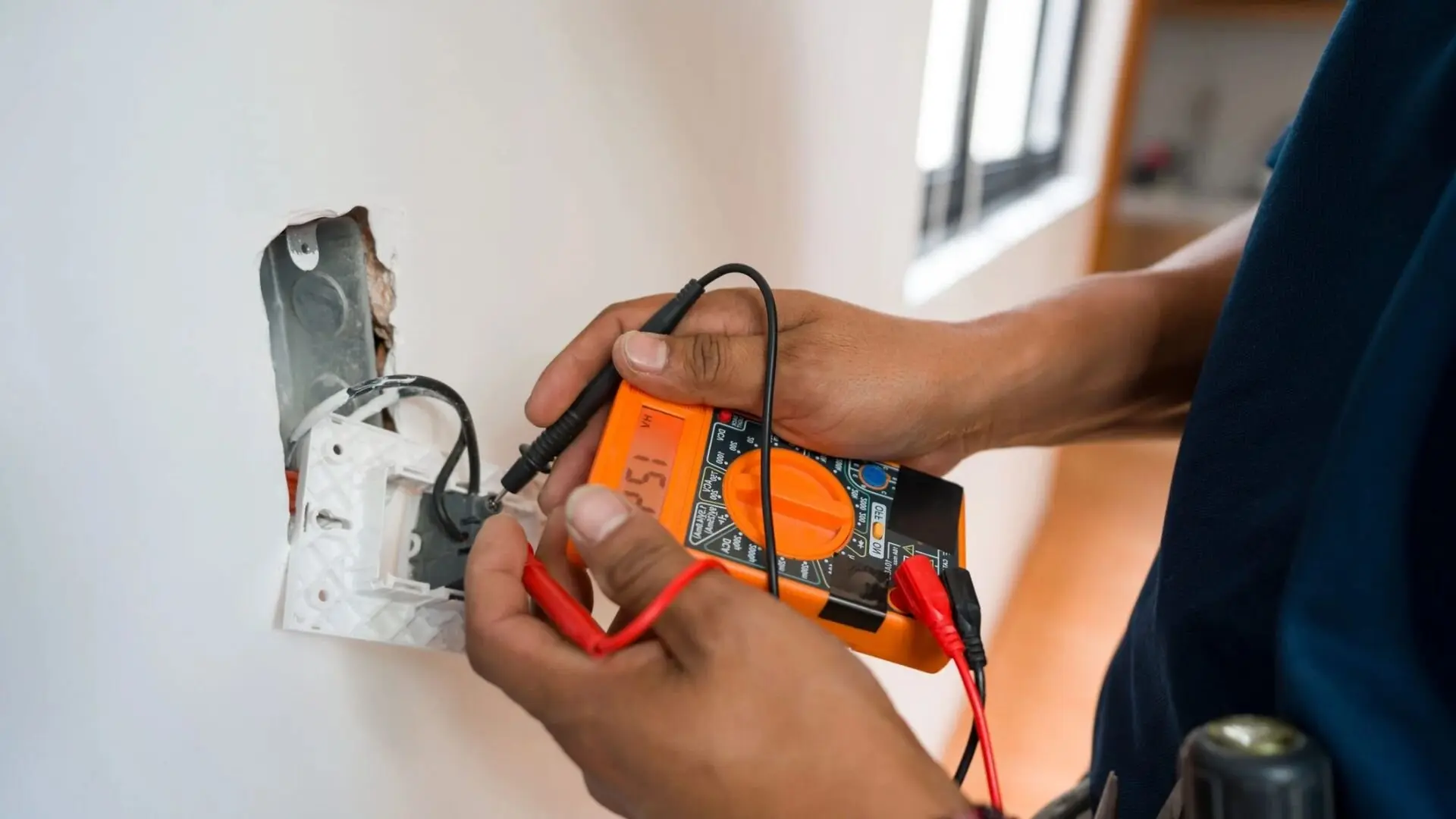
A digital multimeter is an all-around tool for various electrical measurements, including leakage current. To check leakage current:
- Set the multimeter to the highest current range.
- Connect the meter’s test leads to the circuit or device under test.
- Observe the reading; a nonzero value may indicate leakage.
- Compare the reading against the expected values for your installation.
Interpreting the readings requires understanding what is normal for your specific electrical setup, as some minimal leakage might be normal.
Using a Clamp Meter
Clamp meters are ideal for checking leakage currents because they can measure currents without direct contact with the conductors:
- Set the clamp meter to the appropriate current range.
- Open the clamp jaw and close it around a single conductor.
- Read the value shown; any current detected may signify leakage.
- It’s important to test each conductor separately to isolate the source of any leakage.
Clamp meters are especially useful for measuring higher leakage current levels and are easier to use in tight spaces.
Using an Insulation Resistance Tester
For a comprehensive test, an insulation resistance tester, also known as a Megger, is used:
- Disconnect the circuit from the power source and all loads.
- Connect the tester between the conductor and the ground.
- Apply the test voltage as per the tester’s instructions.
- A low resistance value indicates poor insulation and potential leakage.
This tester is particularly effective for locating leaks in the insulation of wires that can lead to current leakage.
What to Do If You Detect Leakage Current
If you detect leakage current, immediate action is required:
- Turn off the power supply to the affected circuit.
- Unplug all devices connected to the circuit.
- Tighten any loose connections, as these can be a source of leakage.
- If you’re not experienced with electrical repairs, contact a professional electrician.
An electrician can pinpoint the exact problem, figure out what’s causing it, and provide a lasting fix to stop it from happening again.
Preventive Measures to Avoid Leakage Current
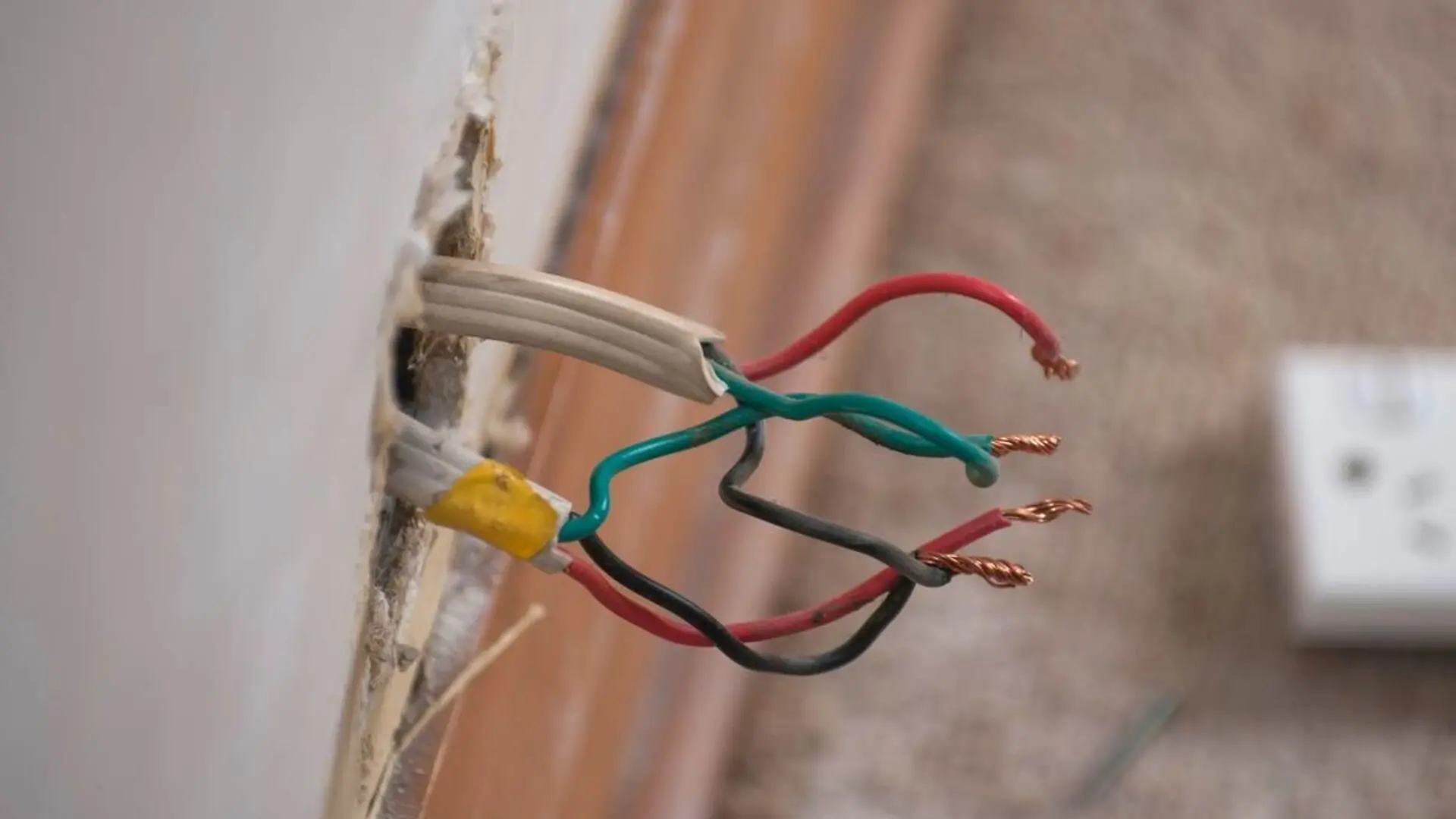
When it comes to electrical safety, prevention is key. Regular maintenance checks can catch issues before they escalate into bigger problems.
It’s also important to follow best practices for electrical safety, such as using properly rated appliances and avoiding DIY electrical work. Finally, ensuring that your appliances are in good working condition and not causing leakage is part of regular home maintenance.
Secure Your Home, Seal the Leak
Electrical safety in your home is paramount, and understanding how to check for leakage current is essential to maintaining efficiency and safety in your household’s electrical system. While the information in this blog equips you with the knowledge to perform basic checks, consulting with professionals when in doubt or when dealing with more complex electrical systems is always advisable.
At Enersol Electrical, we specialise in ensuring that your home’s electrical infrastructure functions at its safest and most efficient. Our team of certified electricians is expertly trained to handle all aspects of home electrical safety, including detecting and rectifying leakage current issues. We provide thorough inspections, state-of-the-art equipment, and comprehensive services tailored to address any and all of your electrical wiring.
Your peace of mind and safety are our top priorities, and we strive to deliver the highest standard of service. If you suspect leakage current in your home or simply want to have your electrical system checked by professionals, don’t hesitate to reach out to us. We’re here to provide a safe, reliable, and energy-efficient electrical environment.
Contact Enersol Electrical today, and let us help you ensure your home remains a safe haven for you and your loved ones. Our dedicated team is ready to assist you with top-quality service and expert advice. Remember, it’s always better to be safe than sorry when dealing with electricity.
FAQ
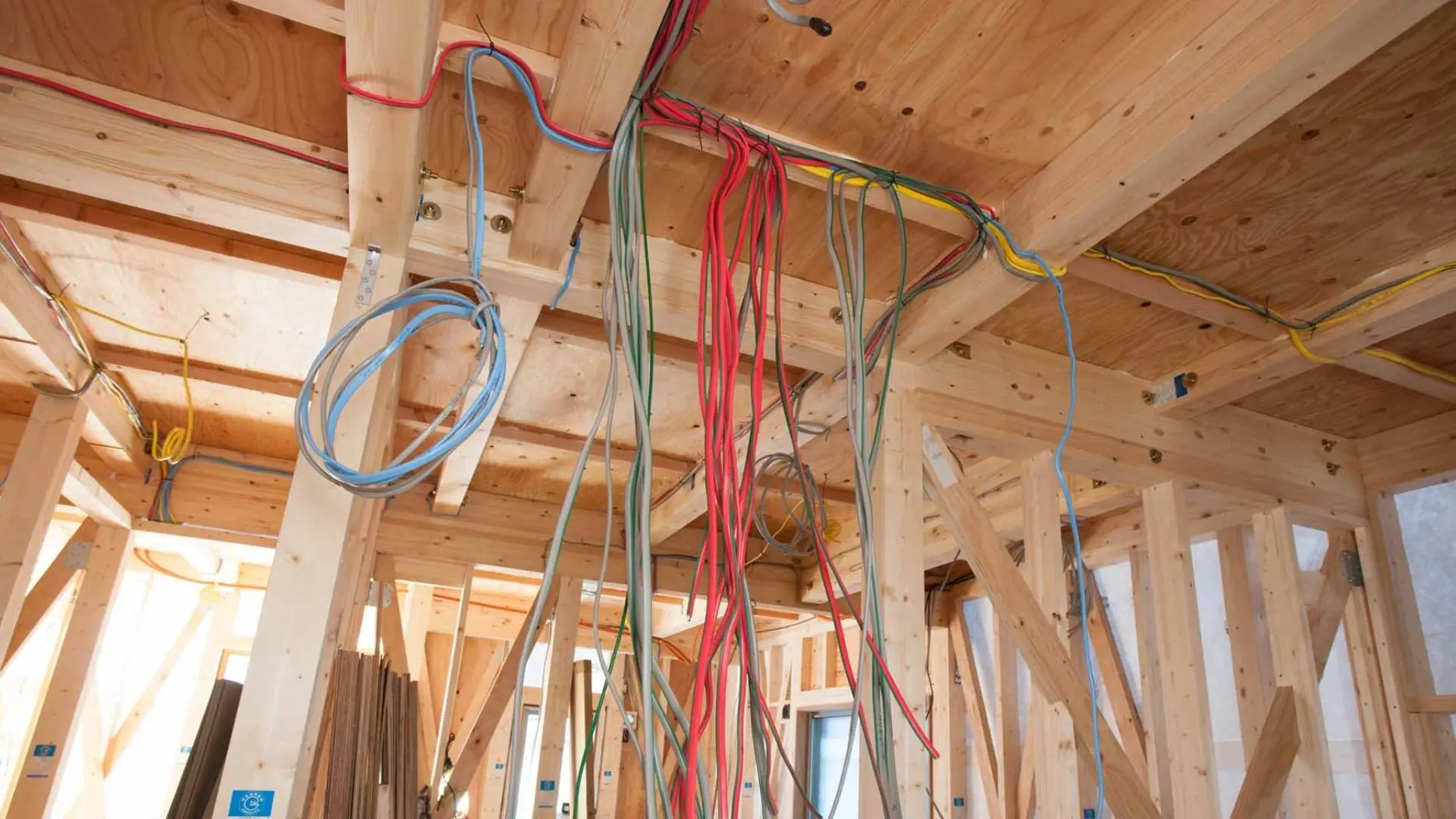
What is leakage current in house wiring?
Leakage current refers to the flow of electrical current that escapes from the intended circuit through the insulation or other unintended paths to the ground or neutral. It can be caused by deteriorating insulation, moisture, or damage to wiring and can lead to safety hazards.
How can leakage current be dangerous?
Even a small amount of leakage current can be dangerous as it may not trip circuit breakers or blow fuses, leaving the issue undetected. Over time, it can cause electrical shocks, fires, appliance damage, or increased energy bills.
What tools do I need to detect leakage current?
The primary tools for detecting leakage current include a digital multimeter, a clamp meter, and an insulation resistance tester. Personal protective equipment like insulated gloves and safety glasses are also essential for safety.
Can I check for leakage current myself?
Yes, you can perform basic checks using a multimeter or clamp meter if you understand electrical systems and follow safety protocols. However, if you’re unsure, it’s best to hire a professional electrician for comprehensive testing.
What should I do if I find a leakage current in my home wiring?
If you detect a leakage current, you should immediately turn off the power to the affected circuit and unplug any connected devices. Tighten any loose connections, and if the problem persists or you’re unsure of the cause, call a professional electrician.
How often should I check for leakage current in my home?
It’s a good practice to check for leakage current as part of your regular home maintenance schedule, typically once a year. However, if you notice any unusual electrical behaviour or your home has older wiring, more frequent checks may be necessary.
Is it possible to eliminate the leakage current completely?
It is difficult to completely eliminate all leakage current due to the inherent properties of electrical components and systems. However, it can be reduced to safe levels by ensuring proper installation, regular maintenance, and using quality insulation materials.
What are the signs that there might be a leakage current in my home?
Signs of potential leakage current include receiving mild shocks from appliances, flickering lights, tripping RCDs (Residual Current Devices) or GFCIs (Ground Fault Circuit Interrupters) without an apparent overload, or a noticeable increase in your energy bill without increased usage.
Do all homes have leakage current?
Most electrical systems will have minimal leakage current due to the nature of electrical components and the environment. The key is to ensure that it stays within safe, manageable limits according to regulations and standards.
Will a standard circuit breaker detect leakage current?
Standard circuit breakers are designed to protect against overcurrents and short circuits but may not detect small leakage currents. For added protection against leakage current, an RCD or GFCI is recommended, as they are designed to trip with small differential currents.